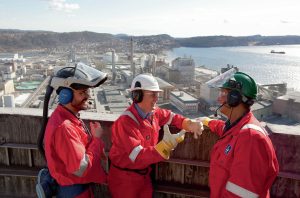
Why use a vacuum based leak detection system?
In the March-April issue of Nitrogen+Syngas, Plant Manager+ reported on how to prevent safety risks with a proper leak detection system. In this issue we continue the discussion by further exploring the benefits of vacuum based leak detection systems, which provide several benefits including: less clogging, no build up of pressure, only one ammonia analyser needed for the high pressure equipment, works when there is only one leak detection hole, as well as when there are clogged or no grooves.


